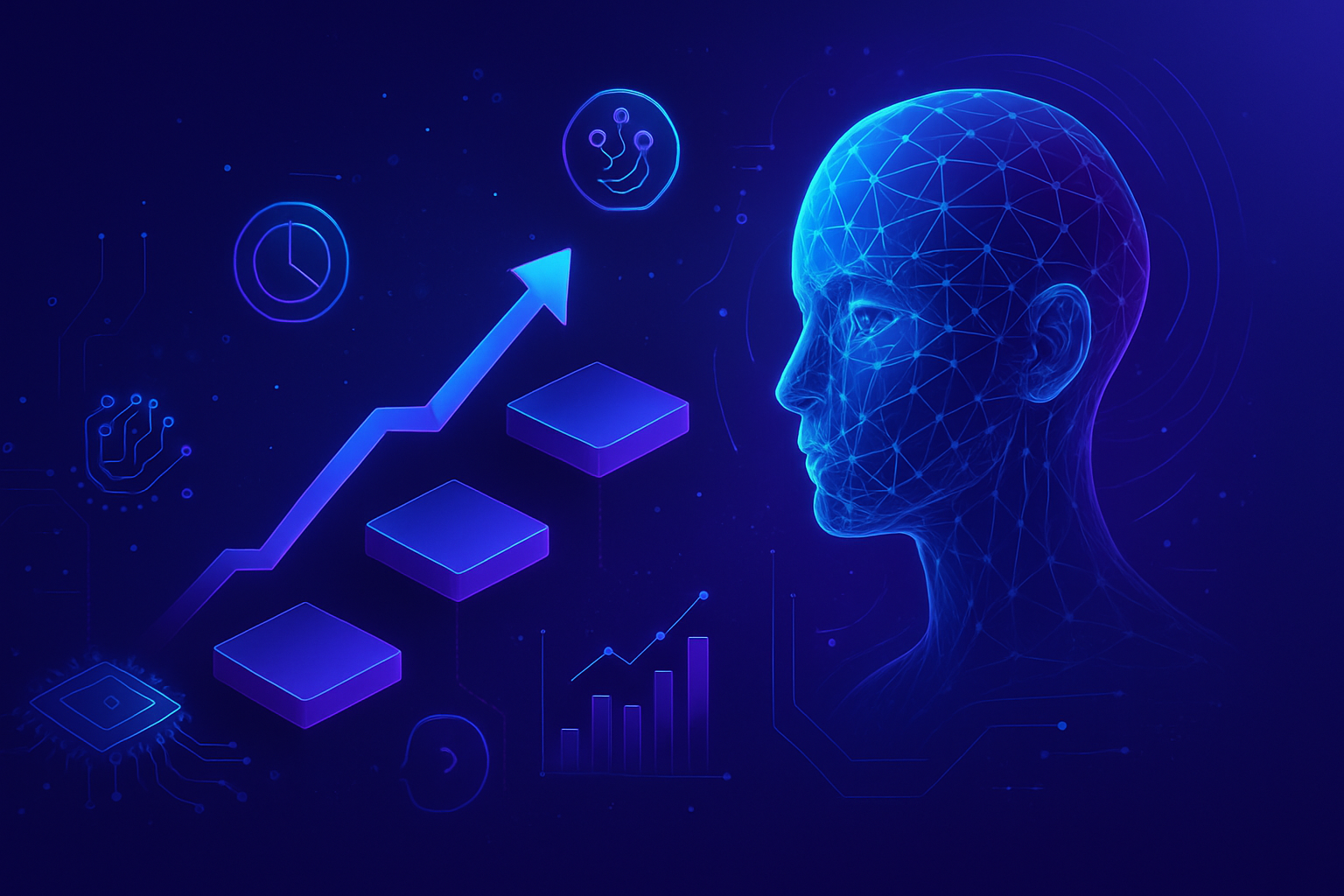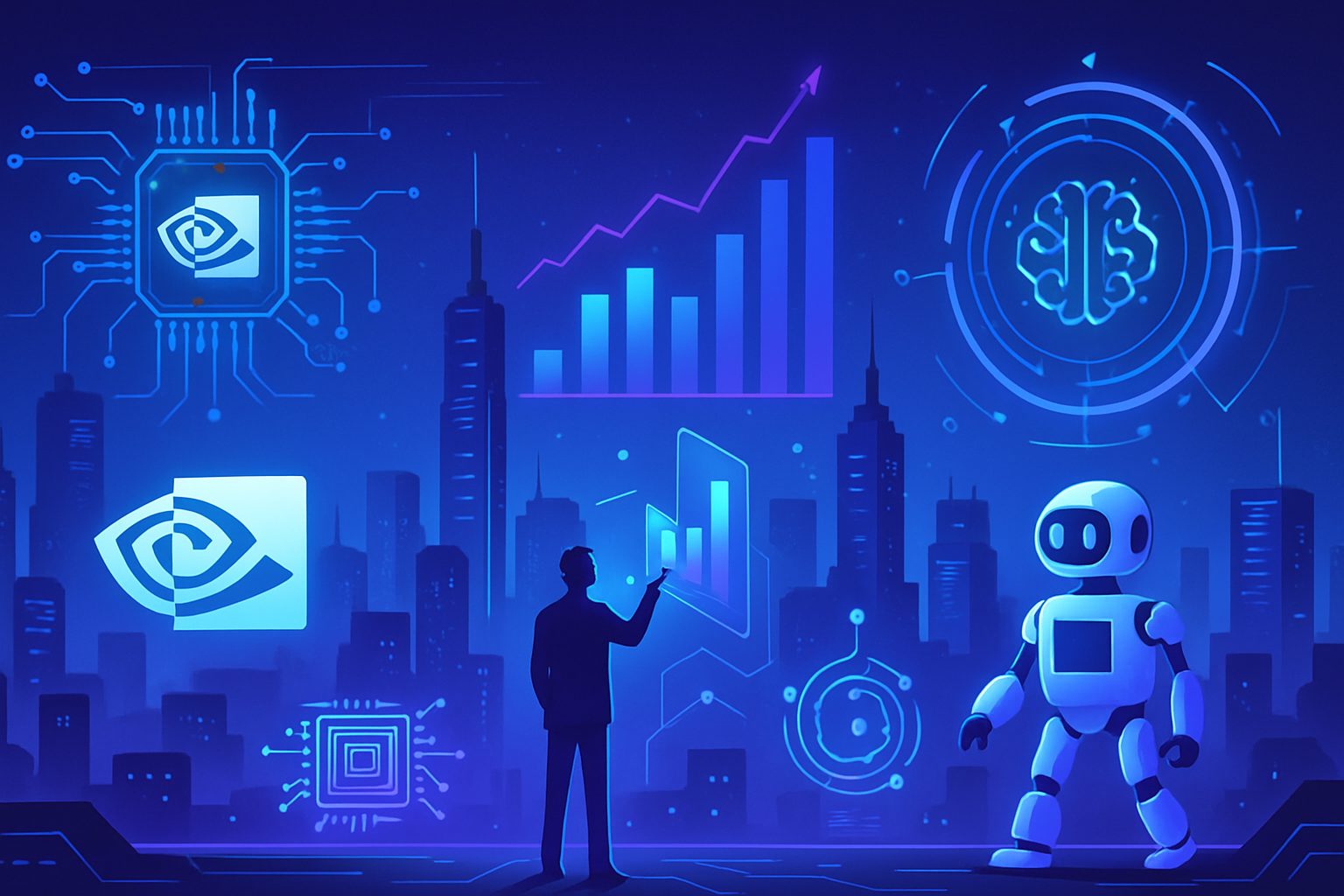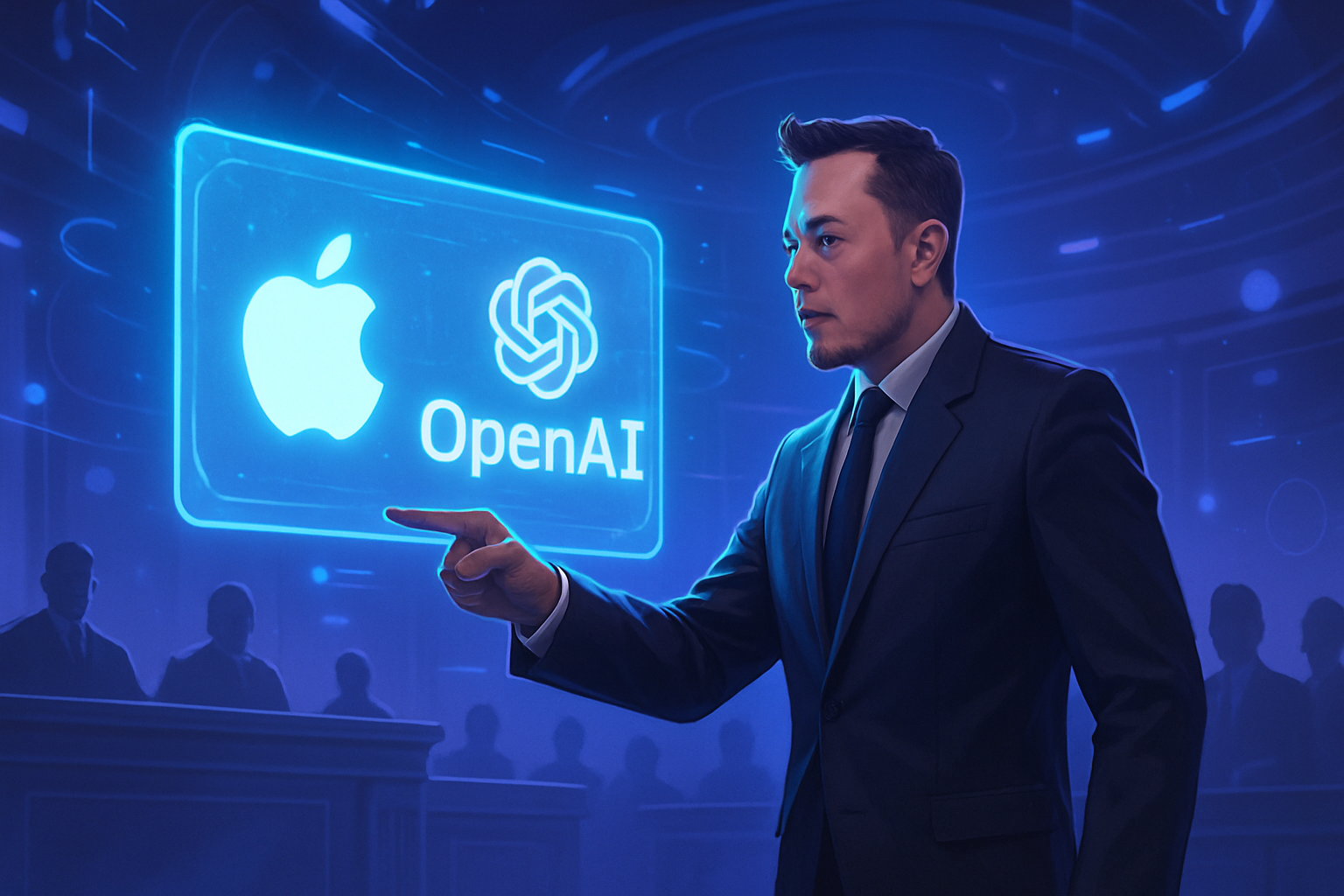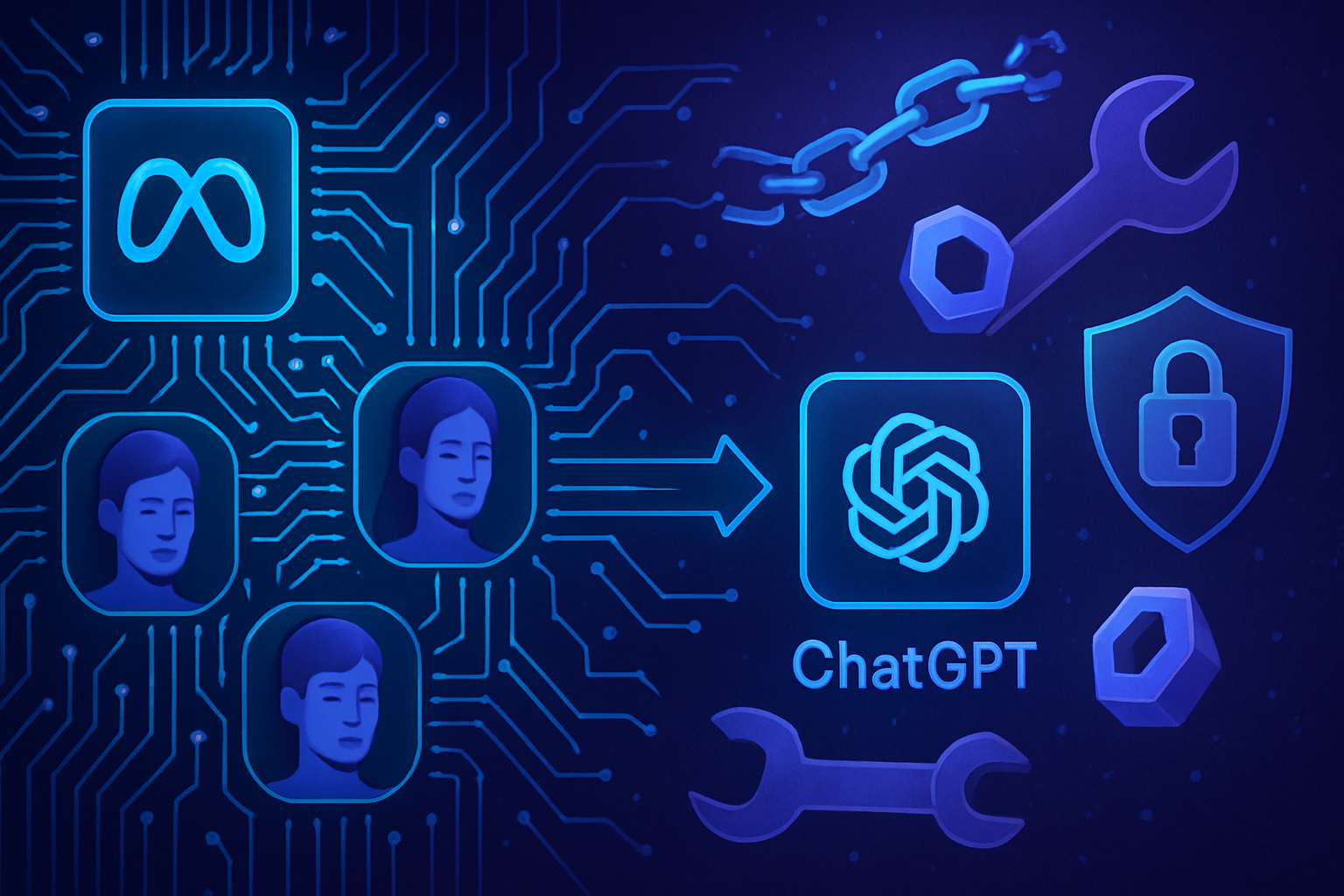Agentic AI opens new horizons for information systems directors. This revolutionary paradigm, structured in four levels, facilitates the integration of intelligent agents into business processes. IT directors must seize this opportunity to transform their digital environment and optimize operations. Beyond automation, agentic AI promises a synergy between technology and humans, resulting in unparalleled performance. Building interoperable ecosystems thus becomes an imperative obligation, ensuring the sustainability and competitiveness of companies in the digital age.
The rise of artificial intelligence is transforming the dynamics of businesses, marking a true digital revolution. A recent study reveals that 84% of IT directors believe that AI will influence business just as the Internet did before. This evolution imposes a methodological framework that unfolds in four levels of agentic maturity.
Level 0: Fixed rules and repetitive tasks
At this first level, automation is based on static rules. Chatbots and co-pilots provide pre-recorded responses, simplifying some interactions. In customer service or HR, these tools unclog contact channels for recurring requests. The transition to agentic intelligence occurs when reasoning begins to be introduced into responses. For effective deployment, harmonized data and low-risk use cases are essential.
Level 1: Information-seeking agents
The second level features agents that actively assist users by identifying and proposing relevant information. For instance, an agent can provide banking investment recommendations, while leaving the validation of each operation to the human. This hybrid approach keeps humans at the center of decision-making and enhances efficiency. Well-structured governance and measuring gains in satisfaction and accuracy are critical for evolving to the next level.
Level 2: Simple orchestration, single domain
Agents gain autonomy and orchestrate simple workflows within isolated domains. For example, processing a reimbursement case in insurance or validating a purchase order in the supply chain. This development requires a strategic choice: opting for multifunctional or specialized agents. It is crucial to ensure an architecture capable of absorbing increasing complexity with effective API connectors and controlled access rights.
Level 3: Complex orchestration, multiple domains
Agents operate here at the intersection of multiple business areas, mobilizing data from different systems such as CRM and ERP. An application case in large retail illustrates this dynamic: synchronizing stock levels and adapting promotions in real time. Interoperability becomes crucial, facilitated by protocols like the Model Context Protocol. This protocol allows for smooth communications between agents for unified oversight and superior efficiency.
Level 4: Multi-agent orchestration
The maximum maturity of agents is reflected in their autonomy and capacity for cooperation within complex ecosystems. AI-driven value chains take shape, such as predictive maintenance or coordinating care paths. The impact goes beyond productivity, affecting overall performance and economic innovation. Advanced governance and suitable indicators are essential to fully exploit these capabilities.
According to companies that have deployed AI agents on a large scale, productivity gains of up to 40% are observed, particularly in customer support and operations. These results illustrate the power of intelligent automation orchestrated with method and vision.
Companies like ServiceNow launch AI agents to improve workflows, while Ekimetrics aims to triple its size by 2028, thus highlighting the growing importance of data science. AI resources, such as those planned by Meta, strengthen this dynamic.
In light of these transformations, the insurance sector explores synthetic data as a strategic and innovative asset. The ability to adapt to these changes largely depends on the strategic decisions made by IT directors, who must navigate these four levels effectively.
User FAQ on Agentic AI: Four essential steps to guide IT directors towards digital excellence
What is agentic AI and why is it important for IT directors?
Agentic AI refers to the integration of intelligent agents into business processes to enhance efficiency and decision-making. For IT directors, adopting this technology offers a competitive advantage by streamlining operations, optimizing resource use, and increasing customer satisfaction.
What are the four levels of agentic AI maturity?
The four levels of agentic AI maturity are: Level 0 (Fixed rules and repetitive tasks), Level 1 (Information-seeking agents), Level 2 (Simple orchestration, single domain), and Level 3 (Complex orchestration, multiple domains). Each level adds functionalities and increasing autonomy to AI agents.
How to begin implementing AI agents in a company?
To start implementation, identify low-risk use cases, secure a harmonized data source, and begin with simple chatbots. This will demonstrate quick benefits in efficiency and user experience.
What benefits can be expected from agentic AI in business?
By deploying AI agents, companies can see up to 40% productivity gains, improved operational efficiency, reduced costs, and better service personalization for customers.
How to evaluate the impact of AI agents on business performance?
To evaluate impact, it is essential to measure user satisfaction, time saved in processes, and accuracy of decisions enhanced by AI agents. Key performance indicators can help track these gains.
What is the difference between levels of agentic AI and their autonomy?
Each level of agentic AI represents a step forward in autonomy: from the simple chatbot with repetitive tasks (Level 0) to complex systems capable of dialogues between agents for interconnected processes (Level 4), with an improved governance and orchestration approach at higher levels.
What security measures should be implemented when using AI agents?
It is crucial to secure data access, manage information rights precisely, and establish adaptive monitoring systems to ensure the protection of sensitive data and the smooth operation of AI agents within the company.
How can agentic AI transform decision-making processes within a company?
AI agents improve decision-making processes by providing recommendations based on analyzed data, eliminating human biases, and allowing real-time analysis that facilitates quick responses to market changes.
What challenges might IT directors encounter when adopting agentic AI?
IT directors may face challenges such as structuring governance, quality of data sources, integration of existing systems, and resistance to change within teams, requiring a well-structured plan for successful adoption.






